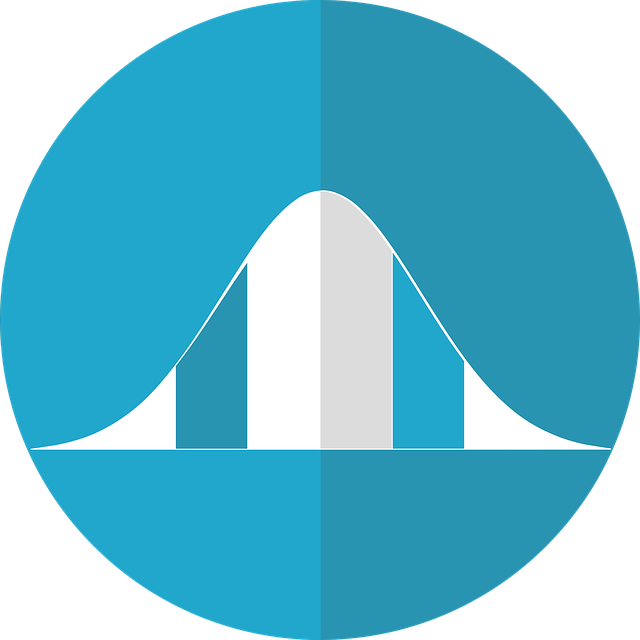Rule of Thumb for the Standard Deviation
Instructions: Use this calculator to use the Rule of Thumb to estimate the sample standard deviation. Please provide the sample range below:
Rule of Thumb and How to Estimate the Sample Standard Deviation
There are several rules in Statistics that allow us to make quick estimations, which are not exact but at least they allows us to get a pretty good idea of the amount being estimated. We have the Empirical Rule, Chebyshev's Rule, etc. One useful rule, under certain circumstances, is the Rule of Thumb for estimating the sample standard deviation. This rule indicates that if the sample range is known, then the sample standard deviation can be approximated as follows:
\[s \approx \frac{Range}{4} \]For example, if the highest value in a sample is 18, and the lowest value is 6, what is the approximated standard deviation? Using the formula, we get
\[s \approx \frac{Range}{4} = \frac{18 - 6}{4} = \frac{12}{4} = 3 \]For a more complete calculator of the most common descriptive statistics, check our descriptive statistics calculator .



